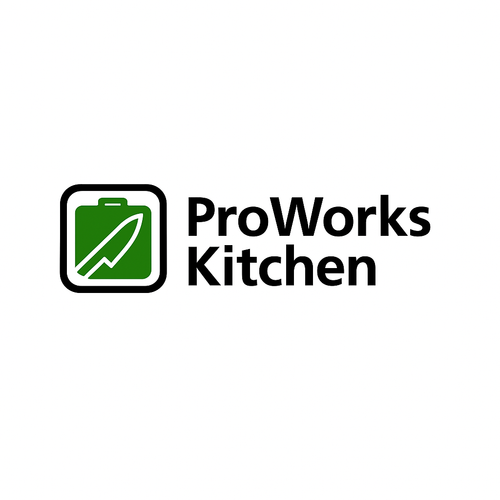Your cutting board is one of the most used tools in your kitchen, but did you know it could be hiding dangerous bacteria? From raw meat to fruits and vegetables, your cutting board comes into contact with a variety of food types. Unfortunately, even after you clean it, bacteria can still thrive on the surface, posing a serious health risk. Here’s why you should take a closer look at your cutting board and how to keep your kitchen safer.
How Bacteria Gets on Cutting Boards
Whenever you chop or slice food, you’re creating tiny cuts in the surface of your cutting board. These cuts trap food particles, liquids, and bacteria, making it incredibly difficult to clean. Even with regular washing, bacteria from raw meats, fish, or vegetables can hide in these grooves and multiply over time. Plastic and wooden cutting boards, in particular, are notorious for retaining bacteria in their surface.
The Bacteria You Can’t See
Bacteria such as Salmonella, E. coli, and Campylobacter can all thrive on your cutting board if it's not cleaned properly. According to studies, plastic boards can harbor more bacteria than other surfaces due to the deep cuts left behind by knives. Wooden boards are slightly better in terms of cleanliness, but the deep scratches created by knives can still trap bacteria, making it hard to fully sanitize them.
Why Cutting Boards Are So Dangerous
Even if you clean your cutting board after each use, the bacteria may still be lurking, especially if you use it to cut different types of food without proper cleaning in between. The cross-contamination that can occur between raw meat and ready-to-eat foods can result in foodborne illnesses, which is why it’s crucial to have a cutting board that’s easy to clean and doesn’t harbor bacteria.
The Safe Solution: Stainless Steel and Titanium
Unlike plastic or wood, 304 stainless steel and 99.8% pure titanium are non-porous materials, meaning they don’t absorb food, liquids, or bacteria. These cutting boards provide a smooth surface that’s easy to wipe down and sanitize. No deep grooves to trap bacteria, and no risks of cross-contamination. Both stainless steel and titanium offer a more hygienic, durable, and bacteria-resistant surface compared to plastic or wood.
Why Choose Stainless Steel and Titanium for Your Cutting Board?
- Hygienic: These materials don’t absorb bacteria or liquids, reducing the risk of cross-contamination.
- Easy to clean: Simply rinse or place them in the dishwasher for a deep clean.
- Durable and long-lasting: Both materials are incredibly tough, ensuring that your cutting board will stay in top shape for years to come.
- No bacteria hiding spots: With no grooves or scratches to trap food and bacteria, stainless steel and titanium are the safer, cleaner choice.
